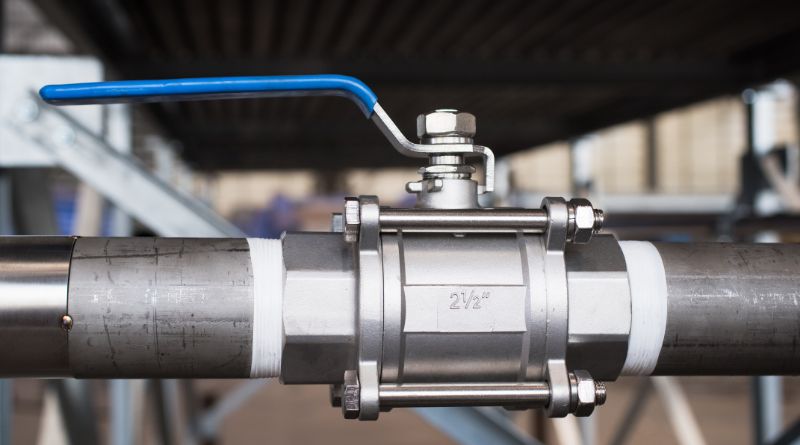Ball valves, which have a quarter-turn on/off mechanism with a rotating ball to regulate the flow of gas or fluid media, are among the most dependable valve designs used in OEM and industrial applications. Ball valves are straightforward in construction: A levered stem allows for manual or mechanical rotation of a hollow ball inside the valve body, allowing for the passage of media.
Most people buy ball valves instead of gate valves and globe valves because of their:
- Compact and cost-effective layouts.
- Speedy times for turning off.
- Resistance to wear and tear under extreme conditions of pressure and heat.
- Protection from deterioration or rust.
- Extremely long duration of use.
- Flexibility for use in a wide variety of manufacturing settings.
Preventive and Regular Ball Valve Maintenance
The useful life of your ball valves will increase dramatically if you do routine and preventative maintenance on them. If you don’t want to buy ball valves, preventive and predictive care should start well before any problems are noticed with your ball valves. Make sure the following are included in your routine maintenance schedule.
Appropriate Setup
Correctly fitted ball valves are less likely to require maintenance or replacement. Ensure the engineer in charge of installing your valves has plenty of experience and understanding of maintaining ball valves.
Regular Cleanings
When valves are kept clean, debris is less likely to accumulate and hinder your plumbing system’s efficiency, extending the valve’s life. To remove grease, grime, or dust from the valve housing, use a cloth and a wire brush to clean the stem and other moving parts. Use only cleaning solutions that won’t harm the valve’s components. Metal parts are best cleaned using cleaners that use gas or compressed air, whereas non-metal parts are best cleaned with those that use alcohol or water.
Lubrication of Valves
Ball valves benefit significantly from regular lubrication to keep them working without friction or wear. Lubrication, if applied appropriately, can also improve the performance of the valve seals. You should select lubricants with care to ensure they are compatible with all of the components in the system, especially the valves.
Standardised Checks
A trained professional should perform regular inspections of the valves. Ball valves should be inspected more frequently than once a year, especially if they are used in high-pressure or high-cycle applications. The following are some things to look for during inspections:
- How tight nuts, bolts, screws, and other hardware are
- Deterioration due to corrosion or mineral deposits
- Potential dangers from leaks
- The right way to open and close valves
- The area has enough ventilation and air filtering.
Advantages of Regular Ball Valve Maintenance
Longevity
Long-lasting valves that need minimal maintenance are great for the bottom line, production continuity, and workers’ safety. Failure to perform regular maintenance and quality inspections on your ball valves increase the risk of equipment failure, damaged parts, and employee injury.
Safety and Security
A preventable accident that results in casualties or expensive repairs is the worst possible outcome on a plant floor. Experts in maintenance who are familiar with evaluating ball valves can spot problems early and reduce the likelihood that you will need an emergency repair. When installed and maintained correctly, ball valves can avoid potentially dangerous leaks in a plant’s pipe or processing system.
Fewer Reasons to Shut Down
You are losing money or revenue any time your plant is not producing. Maintenance on a ball valve can sometimes be done even while the valve is in use, which keeps a facility running smoothly.
Reduced Expenses
Having fewer maintenance issues equals more money in your pocket, just as having more uptime means more money in your pocket. You can avoid the frequent need to through periodic inspection, maintenance, and replacement.



